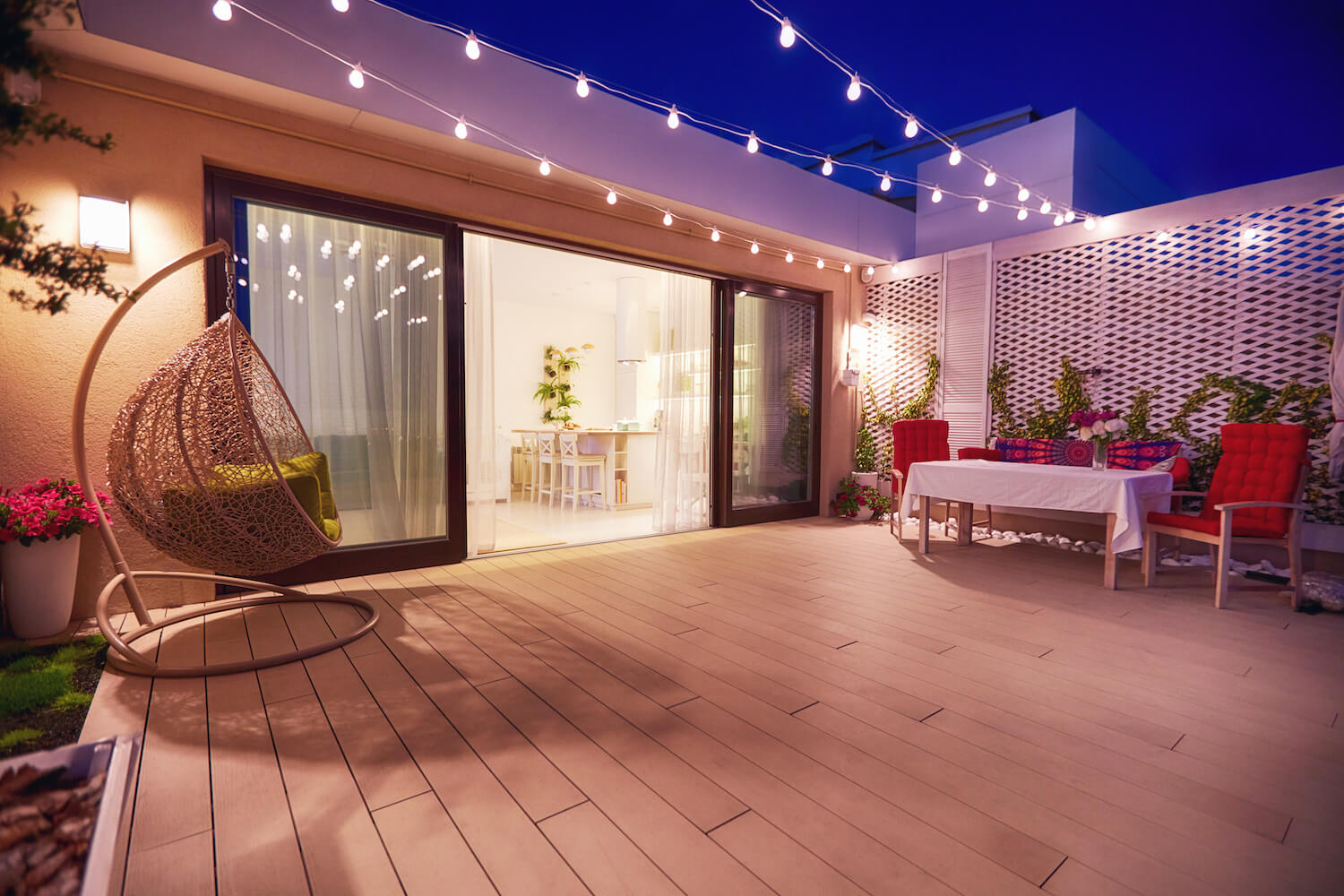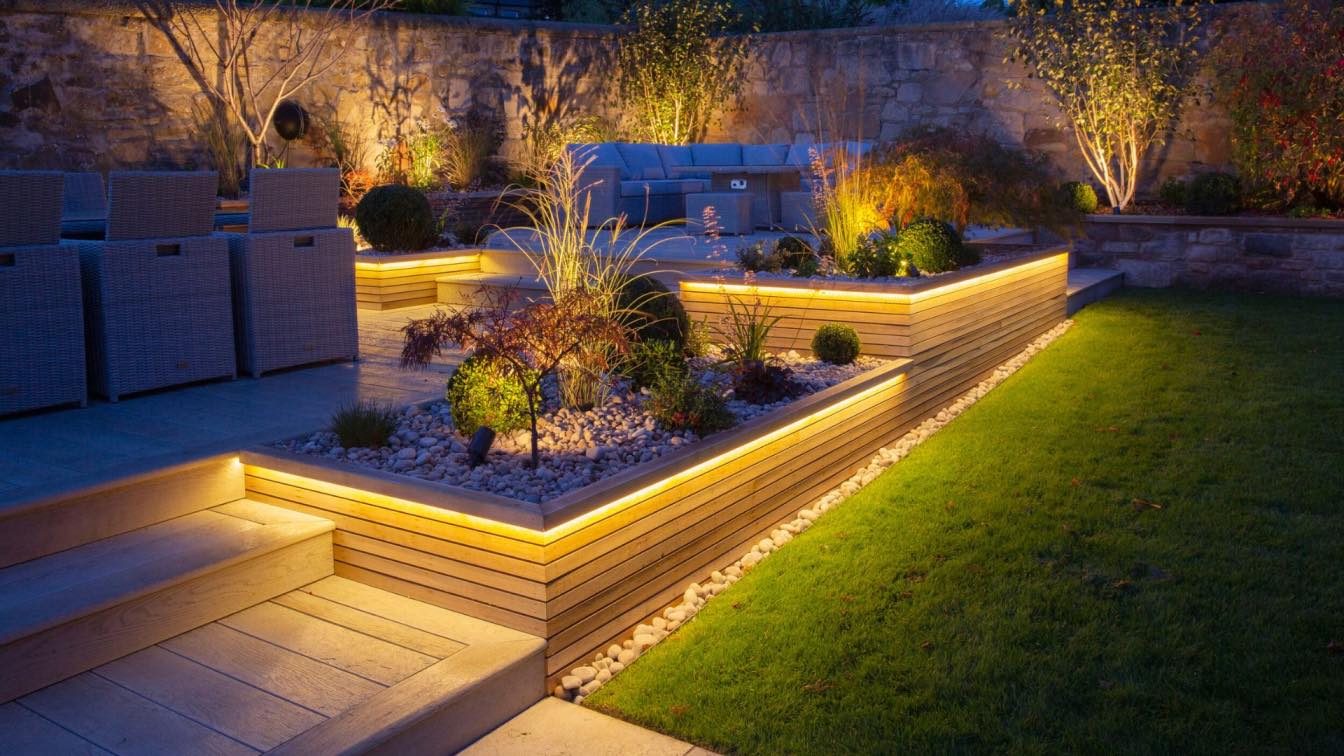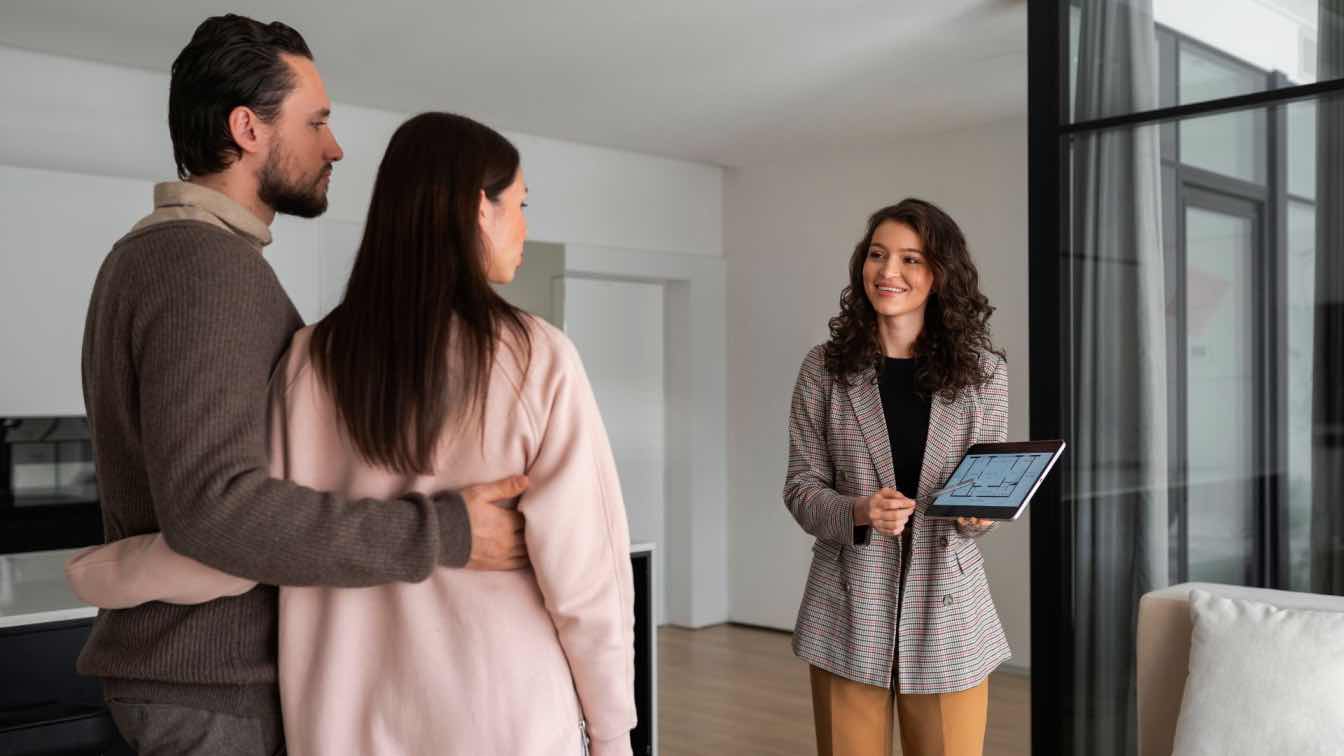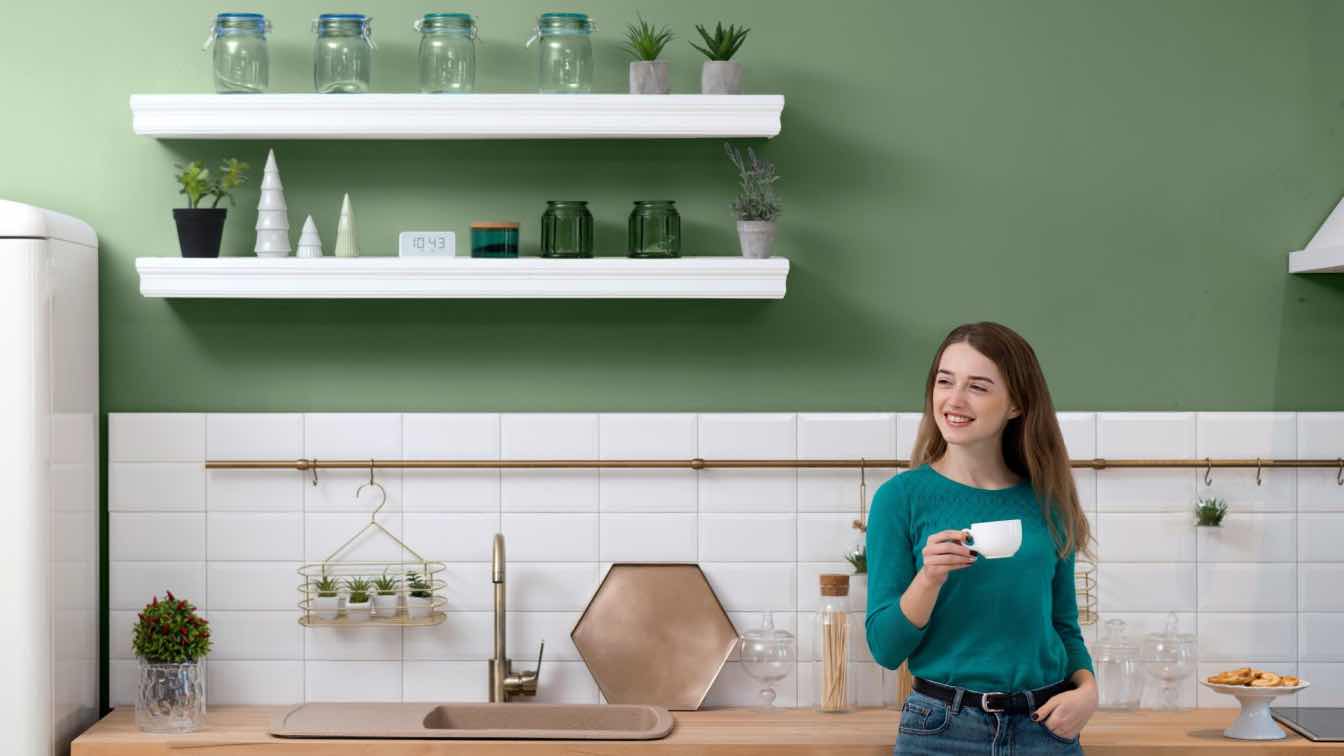The outdoor space is often left out in building design, especially in the past. However, it’s no longer the case. The population has embraced outdoor designing as they do indoors. The main aim is to ensure continuity between indoor and outdoor spaces. However, others do it to add value to their homes.
Are you a home or business owner who wants to beautify your outdoor space? How will you do this? The secret lies in the lighting and design. How will you incorporate these two aspects? Follow through with this article as it highlights the dos and don’ts of outdoor lighting and design.
The Dos
Listed below are the dos to highlight your outdoor lighting and design.
Work With A Professional
Designing and decorating your outdoor space is an interesting project. As a result, you might decide to execute it independently. However, it’s advisable to work with professionals.
With the rise in outdoor designing, some providers have specialized in the practice. As often advisable, you want to leave the task to the expert Oregon Outdoor Lighting or any other in your region. These professionals have worked with other clients and gained skills in incorporating lighting outdoors over the years.
In most cases, there’s no one solution for all outdoor spaces. These professionals acknowledge that and will customize a solution for your space. If you have a small compound, they’ll know where to position the lights to add to its beauty and make it appear larger. Also, they’re aware of any permits you might require based on your chosen lighting.
However, certify that your chosen professional is qualified for the job. They should show you a portfolio of their previous work as proof.
Adopt Both Natural And Artificial Outdoor Features
In design, the limit lies in creativity. There’s practically no design you can’t achieve with the right resources. Yes, the outdoor space mostly consists of natural features like trees, plants, grass, and flowers. However, it doesn’t mean it’s all your outdoor space should have.
Since one of the aims of outdoor lighting is to bridge the gap between outdoor and indoor spaces, you should adopt artificial features like sculptures or fountains on your lawn. You can also build a patio, gazebo, or pergola as these areas are places where you can spend time outside even at night.
Plan Out Your Landscaping
The outlook of a landscape is important. You don’t want your space to look disorganized. It might interfere with the beauty of your lighting.
Therefore, plan out your landscape to ensure continuity. For instance, consider separating the paved outdoor space and the green area with a pathway. It’ll bring about harmony in your outdoor features. With a proper design, you’ll find the best spots to place your outdoor lighting.
Highlight The Unique Features
As previously stated, your outdoor area should have natural and artificial features. One way to bring out the beauty of these features is to pinpoint where you want the focus.
Your outdoor focus could be the fountain, a tree at the corner of your lawn, your pergola, or your patio, and place the lighting on these features. However, you need to be creative as you do this. Consider adopting fairy lights or string lights for your tree, especially on the side it faces your building. You can also hang these lights at the outer edges of your patio to illuminate the space.
Suppose you’ve adopted a unique external wall finish. It’s something you can also highlight. Place downlighters at the center of the wall if it’s continuous. The light will reveal your wall’s beauty without being too much.
Use LED Lights
Light Emitting Diode (LED) is the type of light often commended for outdoor lighting because it’s energy efficient. If you aren’t careful, outdoor lighting can greatly increase your energy bills. Hence the need to adopt energy-efficient lighting.
LED bulbs might be expensive when acquiring them, but they’ll reduce long-term costs since they last longer than their counterparts which are incandescent bulbs.
These bulbs are also best for outdoor lighting since they don’t produce much heat. Therefore, they can adjust easily to outdoor temperatures. It's not the same with incandescent bulbs, which will likely explode in cold temperatures. They emit a lot of heat as they light.
The aim of lighting and designing your outdoor space is to give you a relaxed environment in the evening as you enjoy the cool weather and stare at the stars. Therefore, be sure to adopt warm-white LED lights instead of brilliant white ones.
Adopt Minimalism
It’s said that beauty lies in simplicity, which isn’t far from the truth. Based on this, you must adopt the same with your outdoor lighting. Consider layering your lights in two layers if you adopt string lights or other hanging lights.
You can also achieve minimalism by finding strategic points to place your lights. For instance, focus on the corners instead of having several lights at the front or center of your lawn. Centered lights might result in dark spots, which you want to avoid. Instead, place lights at the corners of your lawn. The light will spread and illuminate the entire lawn without needing center light pieces.
For your pathway, place downlighters along its length, but not in a straight line. Scatter the lights at given intervals and it’ll add to its beauty.
The Don’ts
Listed below are the disadvantage of outdoor light and design.
Don’t Rely On Solar Lighting
With the aim of being energy-efficient, you might opt for solar-lit outdoor lighting. Although it’s commendable, it’s not the best outdoor lighting solution.
There are different seasons in a year, and not all have enough sun to power your lighting. It might mean not having functional outdoor lighting, for instance, during winter. If you aim to minimize energy bills, consider energy-efficient like LED bulbs, as discussed herein.
Don’t Forget Safety
Electricity is associated with several accidents, from fire to electrocution. So don’t forget to consider safety as you adopt outdoor lighting.
Forgetting about safety is often characterized by exposed wires. These naked wires can cause electrocution if you touch or step on them if they’re wet and you’ve switched on the lights. It’d help to encase them with the right armor and inspect them regularly for wear and tear. Be sure to take care of wear and tear as soon as you spot it. The more you wait, the higher the risk of accidents.
Suppose your outdoor lights stop working at night in the middle of a downpour. Don’t attend to them as it rains instead wait until the following day when the weather is clear and there’s enough light to see what you’re doing. If you’re operating in the dark, you might accidentally touch a naked wire caused by the heavy rain.
As part of safety, place the wires away from the footpath. Your friends might trip on them and get injuries due to the resulting falls. You can anchor them to the ground to prevent them from moving around.
Another addition to the safety aspect is ensuring the bulbs you choose are rated for your outdoor use. For instance, if the light is exposed to weather elements, your bulbs should have an IP67 rating. To illuminate constant wet areas like the pool, use IP168-rated bulbs. Working with the rating ensures your chosen bulb stands the test of time.
 image © Olesia Bilkei
image © Olesia Bilkei
Don’t Adopt Clear Lenses
As you adopt outdoor lighting, it’s advisable to case them with a covering. The covering prevents direct contact of the bulbs with water and breakage. These coverings can be made of glass or plastic.
Here, your focus should be on how the material is. Is it frosted or clear? If you’re using clear ones, it’ll cause glare which can interfere with your enjoyment of your outdoor space, especially if you sit near them. Instead, use frosted or colored ones. They’ll prevent the glare, protecting your eyes while illuminating your beautiful landscape.
Don’t Forget To Angle Your Lights
As stated herein, your outdoor lighting shouldn’t interfere with your comfort as you enjoy your outdoor space. You also want a set-up that gives ambiance and a sense of peace. One thing that would interfere with this is the glaring lights above you.
Glaring lights result from placing lighting fixtures directly above the seating area, like on the patio, pergola, or below a tree. The secret is to angle your lights such that their rays don’t directly hit you. The angling will make you receive reflected light. The glaring light will fall on a surface, for example, the grass, and reflect your space when it’s dimmer. You won’t worry about glare.
Don’t Use Big Light Fittings
As you design your outdoor lighting, you might get carried away and adopt fixtures that do more harm than good. One mistake you can make is having huge fittings at the ground level. It can be on your patio or along your pathway.
These lighting fixtures will occupy most of the space, reducing the space to walk on. As a result, you might stumble into them, which might cause accidents. For these spaces, use small-sized outdoor lighting fixtures.
Conclusion
Your outdoor space is a continuation of your home’s beauty. It’s also the first thing your guests interact with as they visit you. During the day, there’s no doubt your manicured lawns and paved pathways’ beauty are quite visible. What about at night? In most cases, outdoor beauty is hidden. However, this article establishes that you can bring out the beauty of your outdoor space through its design and lighting. It has further discussed the dos and don’ts of these processes to ensure you bring about a balanced outlook.
With this insight, you’re better placed to design and light your outdoor space, factoring in safety and beauty. Highly consider adopting the tips for an efficient outdoor lighting system.
Sophie Crace
Sophie Crace is an interior designer with a Master’s degree in the field. She runs a design firm and finds joy in helping homeowners design their spaces through workshops. During her free time, Sophie loves to cook and read good books.





